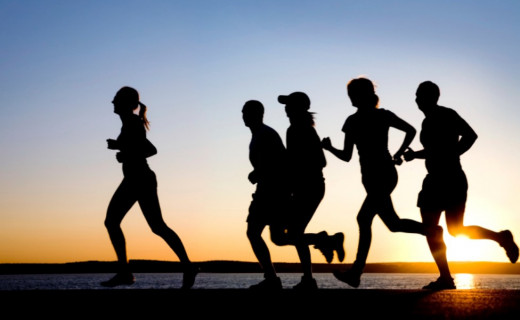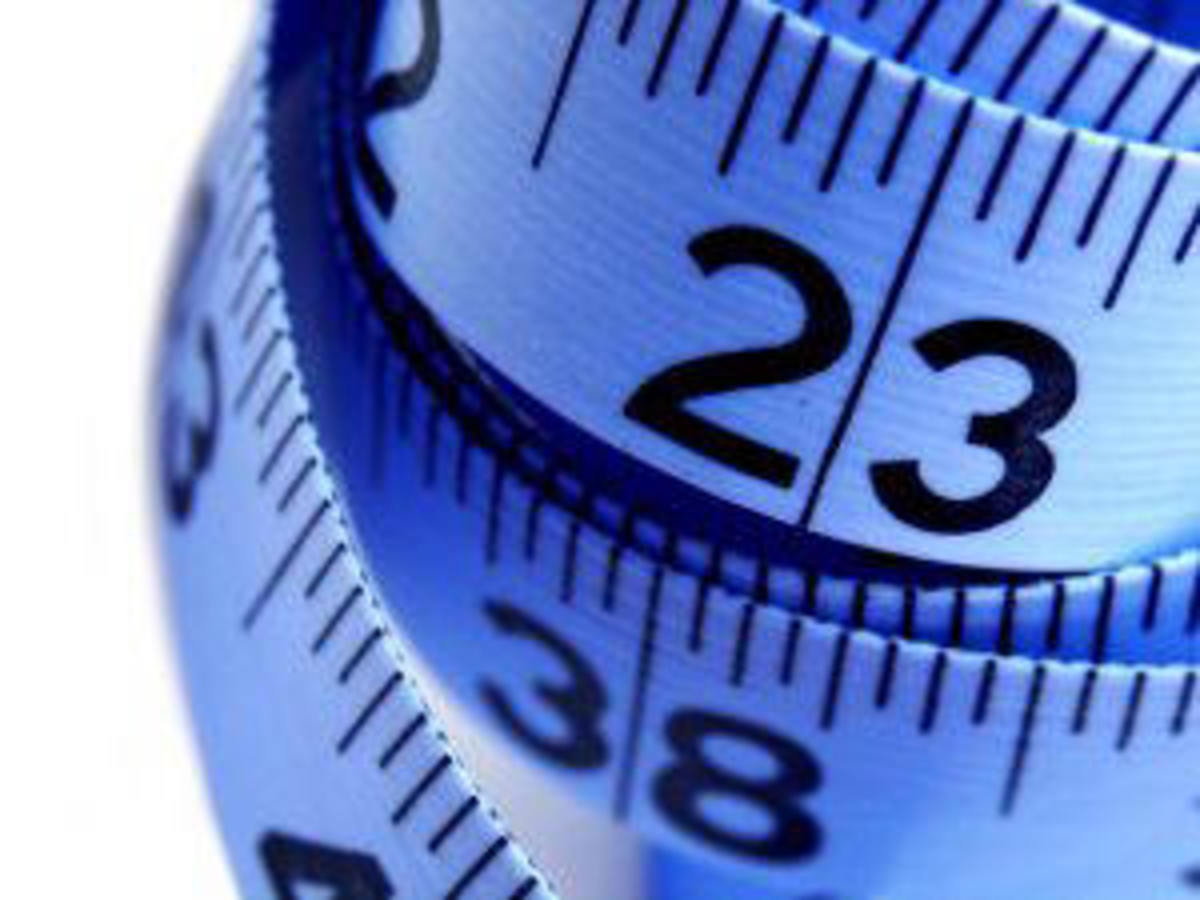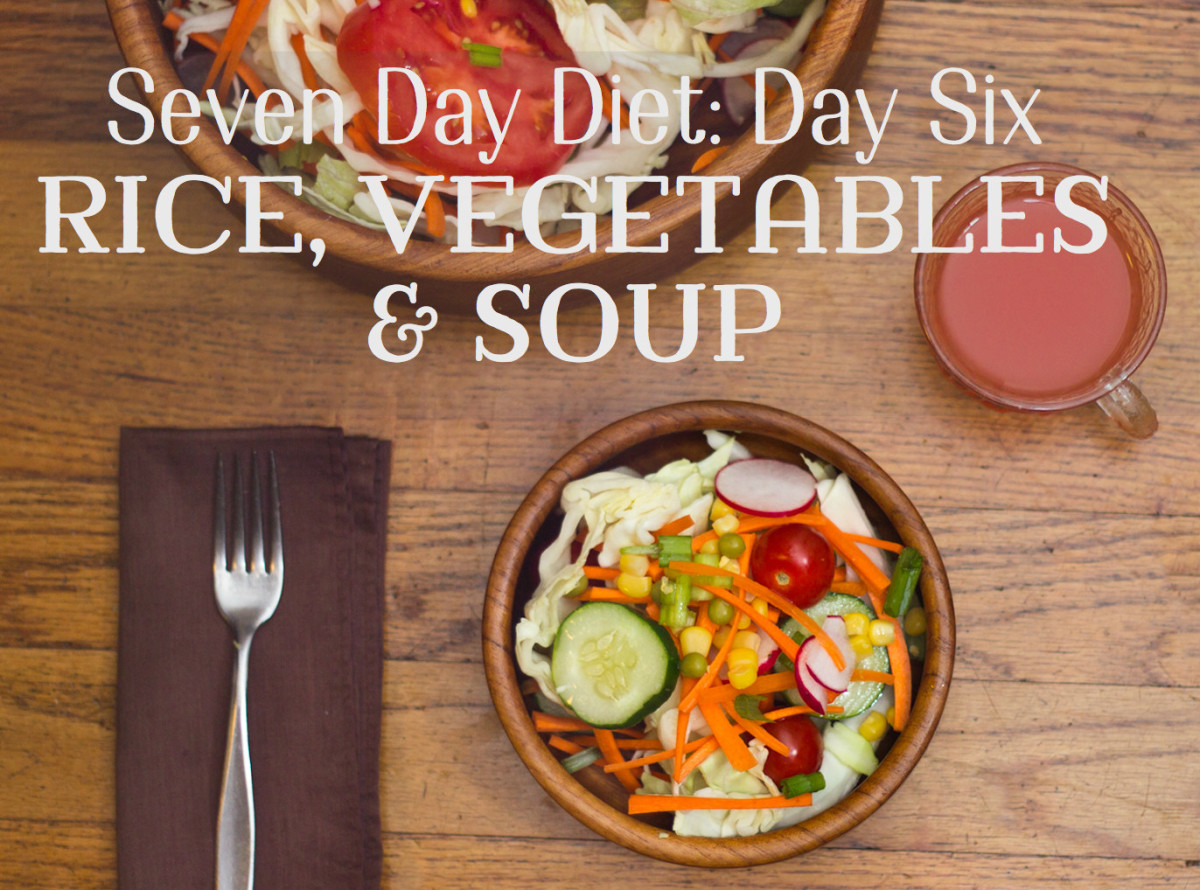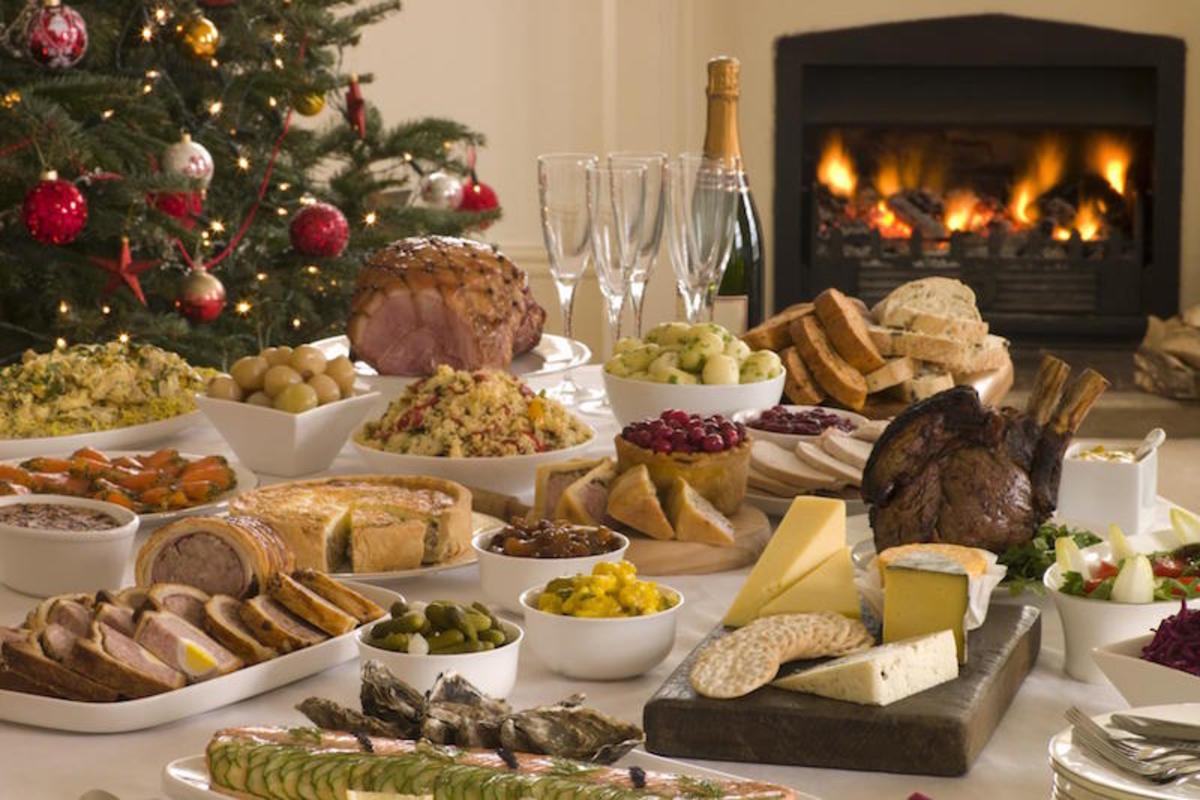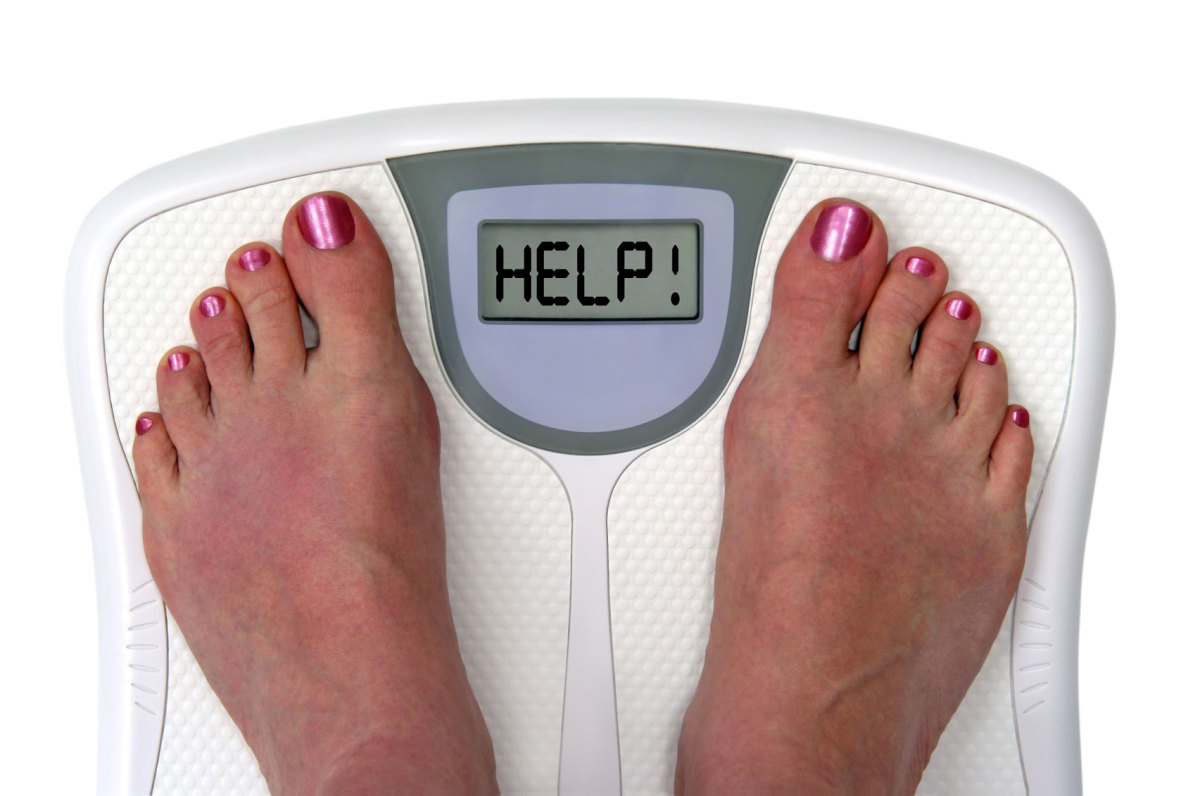The Ultimate Fat Loss Guide
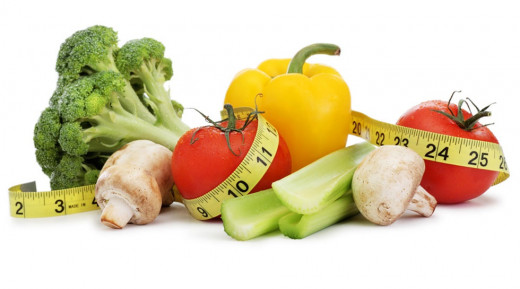
Do you want to lose fat but don't want to keep count of calories? Here are some simple principles to help you lose fat and keep it off for good ...
There are 3 key areas you need to focus on to lose fat, live healthily, obtain and maintain a lean physique - diet, exercise and lifestyle.
If you follow and stick to the guidelines and principles given in this article you will be well on your way to your dream body and never having to worry about love handles again!
Diet
- Aim to eat 1 serve of protein (see my article Good Sources of Protein for ideas of what types of foods are rich in protein) with each meal. Protein has the highest thermic effect of all macro nutrients, helps prevent loss of valuable lean mass when dieting, not to mention food's rich in protein have a high satiety index and fill you up relatively quickly.
- Eat at least 1 serve of vegetable and/or fruit with each meal. Vegetables and fruits are calorie sparse, high in fibre (which fills you up) and vitamins/minerals.
- Eat 1 serve of 'healthy' fat with each meal (e.g. nuts/seeds, olive oil, fish oil). Meals with a source of fat have a higher satiety index than those without. Dietary fat isn't the enemy!
- Work towards reducing and removing junk food and drinks from your diet. These foods and drinks are very energy dense and generally have low satiety index.
- Aim to eat according to the above principles at least 90% of the time (that means if you eat 7 x 5 = 35 meals per week, 32 should be good meals). We are all human and prone to error. It is near impossible to be perfect with dietary compliance especially if you are a very social person. However, if you want results you need to be consistent and diligent in your habits over the long term. One bad day or meal will not take you off the rails, but if you are stringing a number of bad days together consistently they you need to re-assess where you're at.
- Drink at least 2 to 3 litres of water per day (8-12 glasses). Water makes up over 80% of our body weight and 3 out of 4 Americans are said to be chronically dehydrated. There are numerous general health benefits to staying properly hydrated, but from a fat loss point of view drinking more water will improve your satiety and reduce the likelihood of you consuming calorie containing beverages such as soft drinks and juices.
If you are stuck for recipe ideas that are healthy, but also taste good Dr John Berardi's Gourmet Nutrition (a world renowned nutritionist that has achieved results with average joes and pro athletes alike) is a good resource that will help you construct more healthy gourmet meals.
Exercise
- Make it a habit. Aim to do some form of exercise everyday for at least 30 minutes, preferably 1 hour. You can always break it up during the day, for example 10-15 minutes in the morning, 10-15 minutes during your lunch break and 10-15 minutes after work. Keep in mind that doing something, no matter how small, is better than doing nothing at all!
- Do some form of resistance training, either with weights or using your own body weight. 2 to 3 days per week of full body training is optimal, efficient and convenient for most. Resistance training builds lean muscle, which improves your body composition and makes it easier to lose body fat via an increased basal metabolic rate (BMR). There is plenty of information available on the internet regarding resistance training. If you are a beginner/novice when it comes to weight training, Starting Strength by Mark Rippetoe and his wikia are good resources to learn about the basic tenets and application of strength training.
- Interval training is not necessarily better than steady state cardiovascular training for fat loss. What is more important is the number of total calories you expend during your exercise. You should choose whichever form of exercise you prefer or potentially even include both in your training regime.
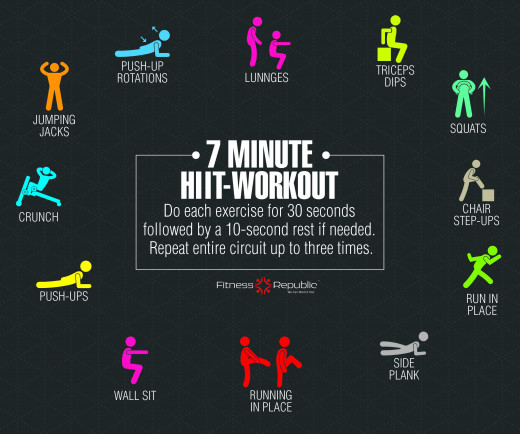
Lifestyle
- Get rid off any foods and drinks in your fridge, freezer or pantry that may tempt you to over consume. Chocolate, biscuits, spreads like peanut butter and nutella and soft drinks are common ones.
- Get a bodybugg or FitBit to keep track of your daily caloric expenditure. Alternatively a basic pedometer is fine or any other tool that measures activity levels, making you more accountable and encourages greater daily energy expenditure will be effective.
- Prepare meals in advance and in bulk. You can store them in the fridge (short-term, to be used during the week) or freezer (long-term, to be used over the next few months). What I like to do is make up all my lunches and snacks on the weekend and store them in the fridge to take to work during the week. It reduces the likelihood of you eating out and buying an unhealthy, calorie loaded meal, by removing the need to think about what you are going to have for lunch everyday.
- Reduce sources of negative stress in your life. High stress lifestyles can often lead to overeating, poor sleep/recovery and poor nutrition partitioning (energy shortages are more likely to be drawn upon from lean mass than fat and any excess surpluses are more likely to be stored as fat than lean mass).
- Introduce more non-exercise physical activity (NEPA) into your day. For example walk or ride a bike to school, college or work, park further away from your workplace or the supermarket, use a basket instead of the trolley, use the stairs instead of the elevator, get on or off the bus a couple of stops earlier or later. These will all increase your daily caloric expenditure without adding any exercise and in total will often contribute to greater energy expenditure than your daily exercise session will.
- Learn how to cook. It is very hard to get and stay lean if you cannot cook a good meal for yourself. There are lots of recipe databases available online and in-print as well as video classes on YouTube where you can learn basic culinary skills such as how to prepare a salad, boil an egg, prepare chicken etc.
- Set reasonable goals for yourself. The SMART criteria (Specific, Measureable, Attainable, Realistic and Timely) is always good to follow when setting goals. It's better if you exceed your goals rather than fail and get discouraged. That said goals shouldn't be too easy! They should be at least somewhat challenging so as to encourage you to put in extra effort to achieve them.
- Let friends, family members know about your goals or better yet get a friend or family member to join you on your fat loss journey.If you can't do so, an alternative would be to post a journal of your daily diet, exercise and physical activity on a blog or online fitness forums and message board where others can see your efforts such as bodybuilding.com
- Measure and keep track of your progress with weekly or fortnightly photos, waist measurements and/or caliper measurements or better yet a DEXA body scan. Keep in mind the scale weight may not always give you an accurate idea of your progress. Fat loss is not always linear so do not be discouraged by short-term stagnation. It is also possible there may be instances where you've lost fat, but gained muscle (which is a good thing!). This is why it's always important to use a number of different forms of measurement to get a more complete picture.
